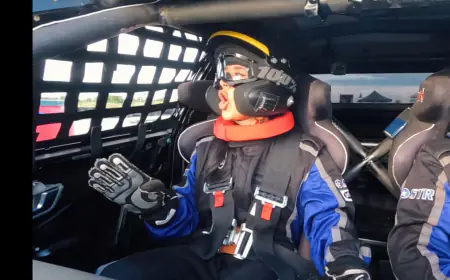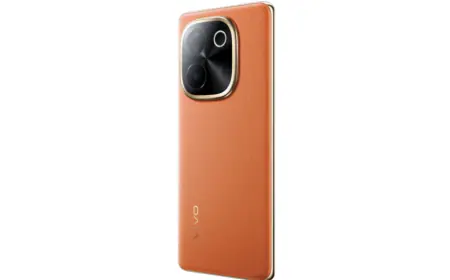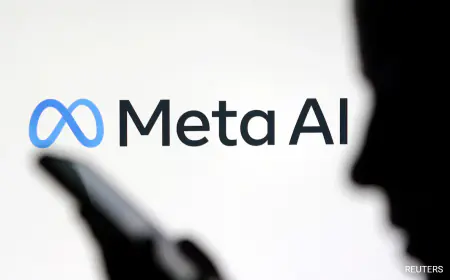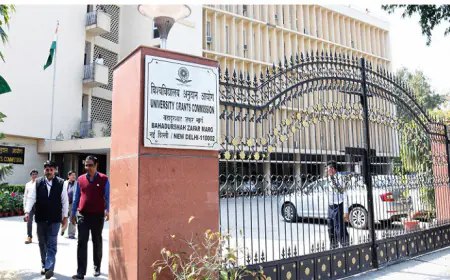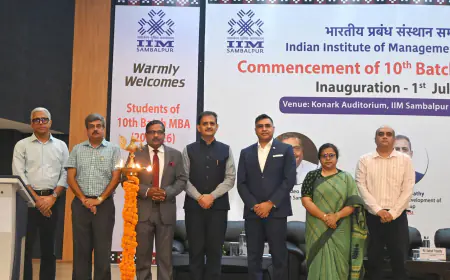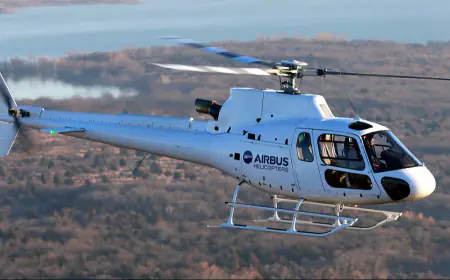Aditya-L1, the first Indian space mission to study the Sun, reaches Sriharikota for satellite launch
ISRO is set to launch Aditya-L1, the first space-based Indian observatory to study the Sun. The mission is likely to be launched in the first week of September. ISRO official told that the satellite prepared at UR Rao Satellite Center has reached the spaceport in Sriharikota, Andhra Pradesh. The National Space Agency with Bengaluru headquarters has issued an update regarding this.
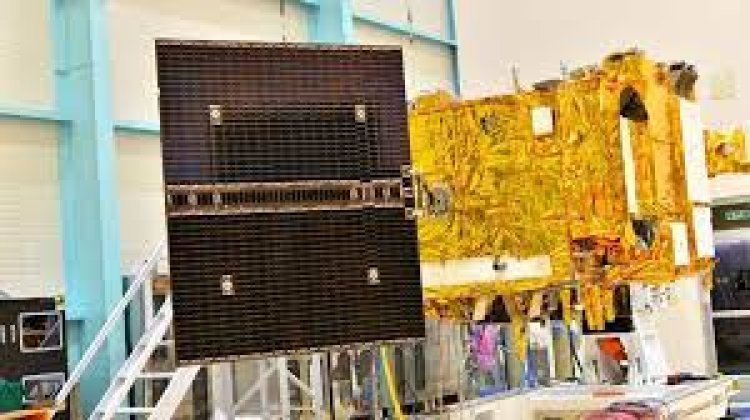
The Indian Space Research Organization (ISRO) will soon launch Aditya-L1, the first space-based Indian observatory to study the Sun. The Bengaluru-headquartered national space agency has released an update on the mission. It said that the satellite made at UR Rao Satellite Center has reached ISRO's spaceport at Sriharikota in Andhra Pradesh.
An ISRO official told news agency PTI that the mission is likely to be launched in the first week of September. According to this mission, the spacecraft is expected to be placed in a halo orbit around the Lagrange point 1 (L1) of the Sun-Earth system, which is about 1.5 million kilometers from Earth.
ISRO said that the satellite placed in the halo orbit around the L1 point has the great advantage of continuously viewing the Sun without any eclipse/eclipse. This will give a greater advantage of observing solar activity and its effect on space weather in real-time.
The spacecraft carries seven payloads to observe the photosphere, chromosphere, and outermost layers of the Sun. For this electromagnetic and particle and magnetic field detectors are used. Using the special vintage point L1, four payloads will directly observe the Sun and the remaining three payloads will conduct in-situ studies of particles and fields at L1.
The suite of Aditya L1 payloads is expected to provide the most important information to understand the problem of coronal heating, coronal mass ejection, pre-flare, and flare activities and their characteristics, space weather dynamics, diffusion of particles and regions etc. The instruments on Aditya-L1 are tuned to observe the solar atmosphere, mainly the chromosphere, and corona, while the in-situ instruments on L1 will observe the local environment.


























